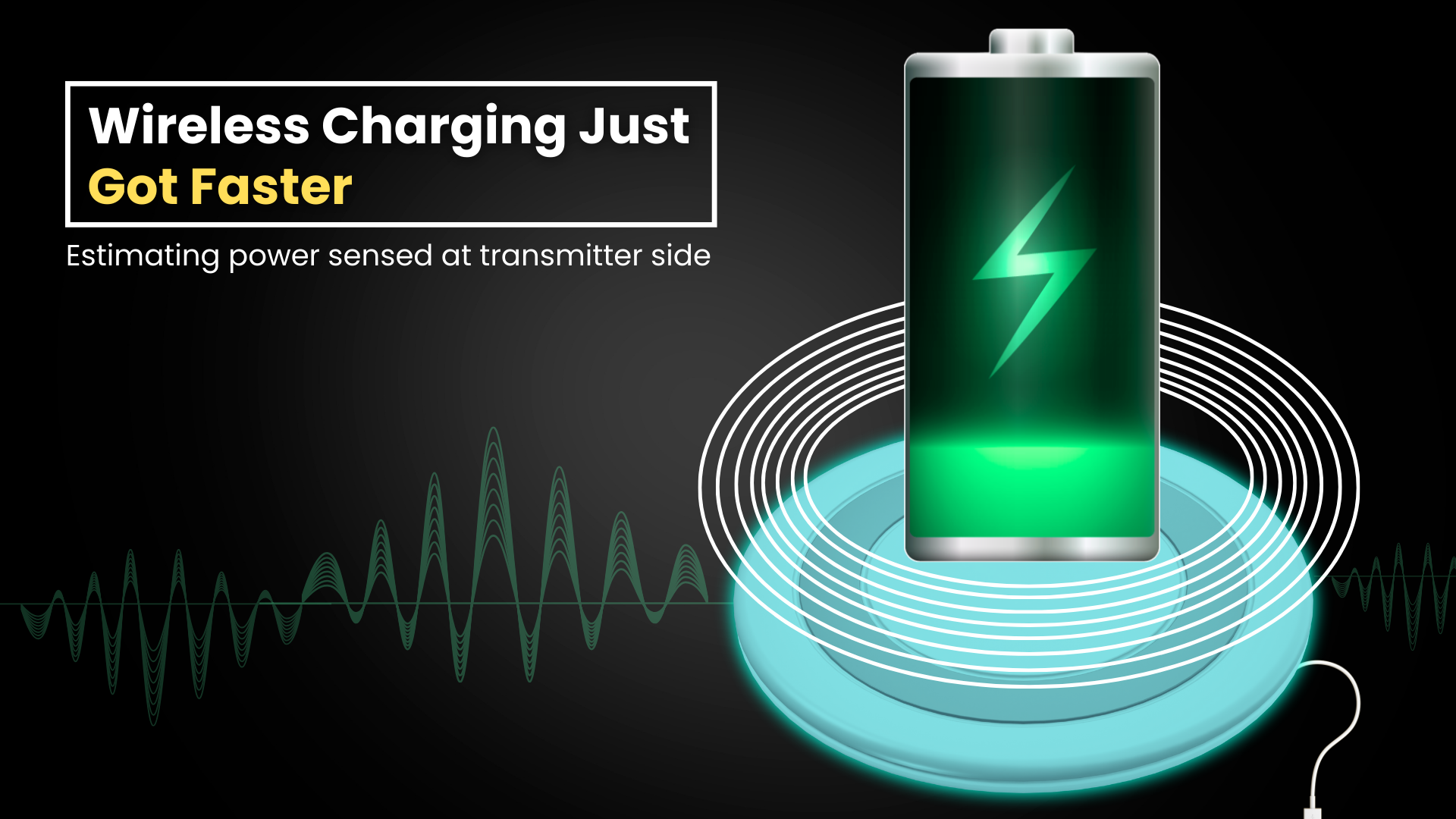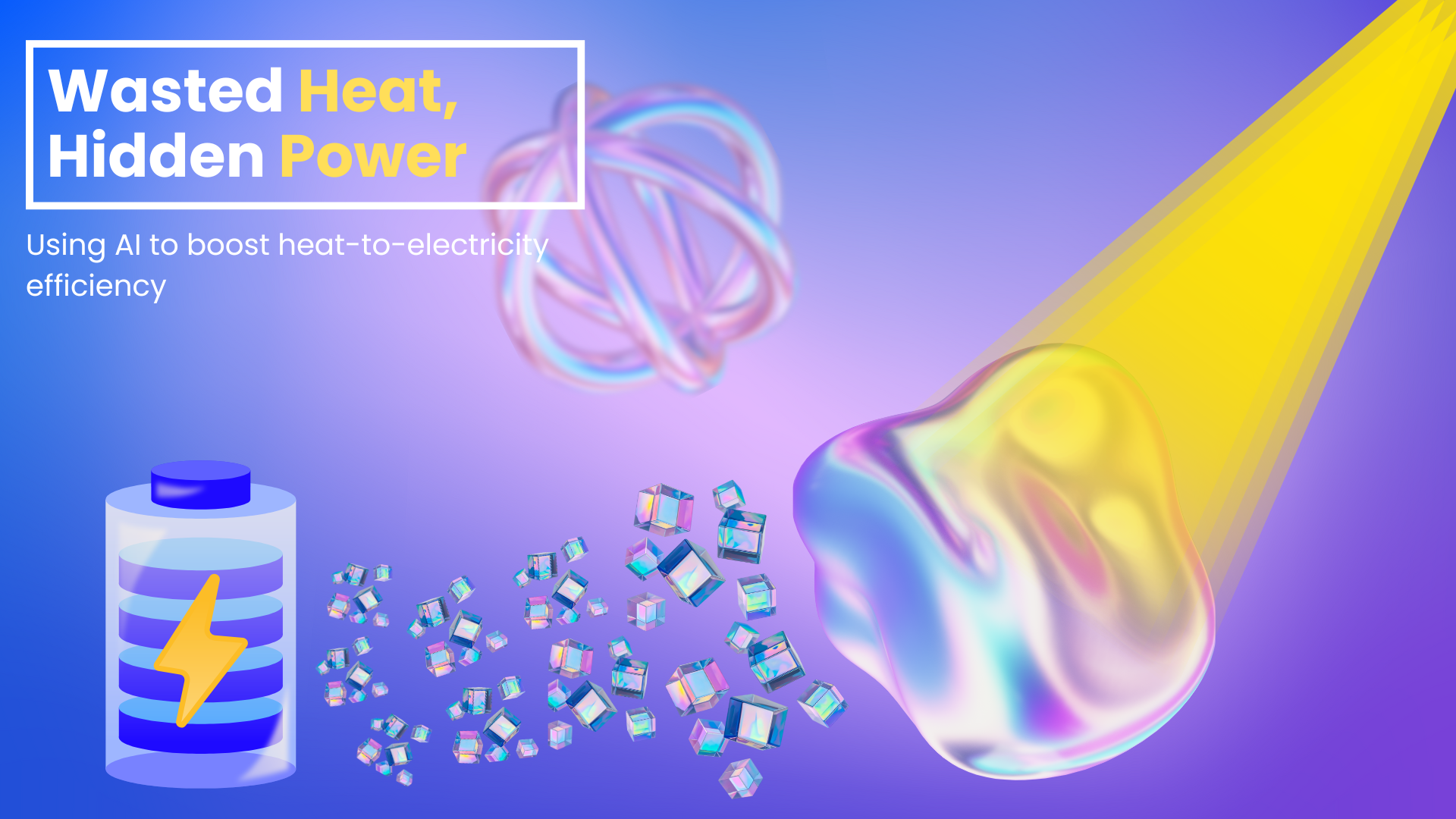
Displays are an integral part of modern electronic devices and represent an important form of machine-user interaction. There is a concerted effort to develop cheaper, flexible, lightweight, and low-power-consuming displays. Existing displays include liquid crystal displays, organic light-emitting diodes (OLEDs), and quantum dot (QD) displays. Although these displays have high-resolution and fast-switching properties, they are not cost-effective. Fabrication of such displays is also the capital-intensive process.
For cost-effective displays, where the switching-frequency requirements for applications are low, electrochromic (EC) displays are a better solution. But there are drawbacks to electrochromism. The flexibility of electrochromic devices is low, and high processing temperatures are required for such applications. Fabricating the displays require many layers to be integrated into them and is an expensive and time-consuming process.
To counteract these challenges, printing is an emerging fabrication technique that the members of this study, Mr. Nitheesh M. Nair, from the Department of Electrical Engineering, Indian Institute of Technology Madras, Chennai, India, Ms. Ishani Khanra, from the Department of Electronics and Communication Engineering, Sri Ramaswamy Memorial Institute of Science and Technology, Chennai, India, Prof. Debdutta Ray, from the Department of Electrical Engineering, Indian Institute of Technology Madras, Chennai, India, and Prof. Parasuraman Swaminathan, from the Department of Metallurgical and Materials Engineering, Indian Institute of Technology Madras, Chennai, India, have utilized because of its advantages such as the drop-on-demand nature of the process, lower wastage, cost-effectiveness, lesser fabrication time, and low-temperature processing.

Mr. Nitheesh M. Nair 
Ms. Ishani Khanra 
Prof. Debdutta Ray 
Prof. Parasuraman Swaminathan
Silver nanowires and a suitable thermochromic polymer are used to synthesize the electrothermochromic material as a printable dispersion. Silver is used because of its good conductivity, ductility, and flexibility. Based on the current applied, the silver nanowires will get heated up by joule heating, and the thermochromic material in the composite will change colour using this heat. Conventional electronic displays are constructed as a multi-layer. For the first time, a composite (a composite is when a number of materials are integrated into a single layer) consisting of the heating and thermochromic layers in the same layer instead of multiple layers was constructed. Electrical conductivity and chromism properties are both present in the same layer.
A transparent dielectric, polydimethylsiloxane (PDMS), was used as a protective encapsulation to the display layer. Because the silver nanowires were encapsulated in PDMS, the touch-sensing element of the display was possible.
Thus a silver nanowire thermochromic composite was made that can be used as a single-layer electrothermochromic material with multiple colours (by selecting suitable thermochromic material). Also noteworthy, is the printable ink display. This can be used in interactive and flexible screens, electronic posters, smart labels, and display boards. What is unique about this composite is that the display and touch have been integrated into a single layer which is not the case in regular displays. The display is flexible, cost-effective, and consumes less power. The authors of this study hope to extend these results into smart labels with and without sensing capability. Humidity sensors can be used in smart labels to determine the freshness of a product and change the display accordingly. The low cost and ease of manufacturing of these displays make them very attractive for future studies.
Prof Dipti Gupta, from the Department of Metallurgical Engineering & Material Science, Indian Institute of Technology Bombay, Mumbai, commented and appreciated the efforts of the team as follows: “This work predominantly highlights the proof of concept of development of flexible displays using the phenomenon of electro-thermochromism such that the material is able to exhibit reversible colour change upon application of the voltage due to Joule heating. The authors have developed an ink based on silver nanowires and thermochromic powders that can be extruded, deposited on a flexible substrate in any desired pattern, and can be annealed at low temperatures making it compatible to several flexible substrates. The low power device after encapsulation with polydimethylsiloxane (PDMS) exhibits excellent electro-mechanical performance and repeatability. The display device also works in a dual mode as it can be simultaneously used as a touch sensor, making it versatile for several use-cases in electronic readers, digital posters, and flexible digital signboards, etc.”
Article by Akshay Anantharaman
Here is the original link to the paper:
https://pubs.acs.org/doi/10.1021/acsami.1c09115










